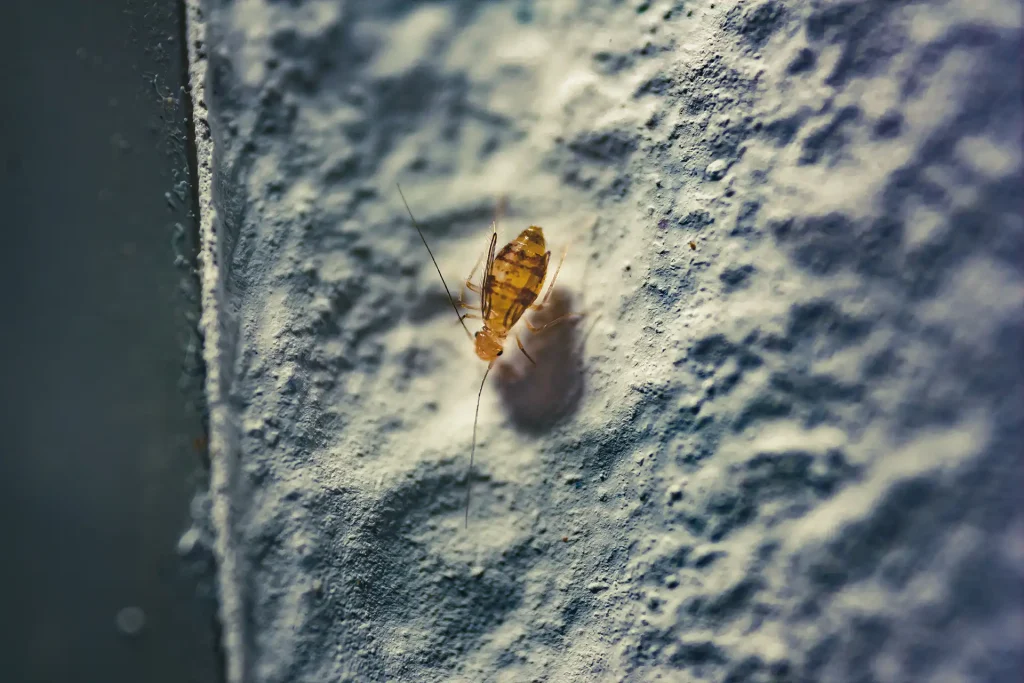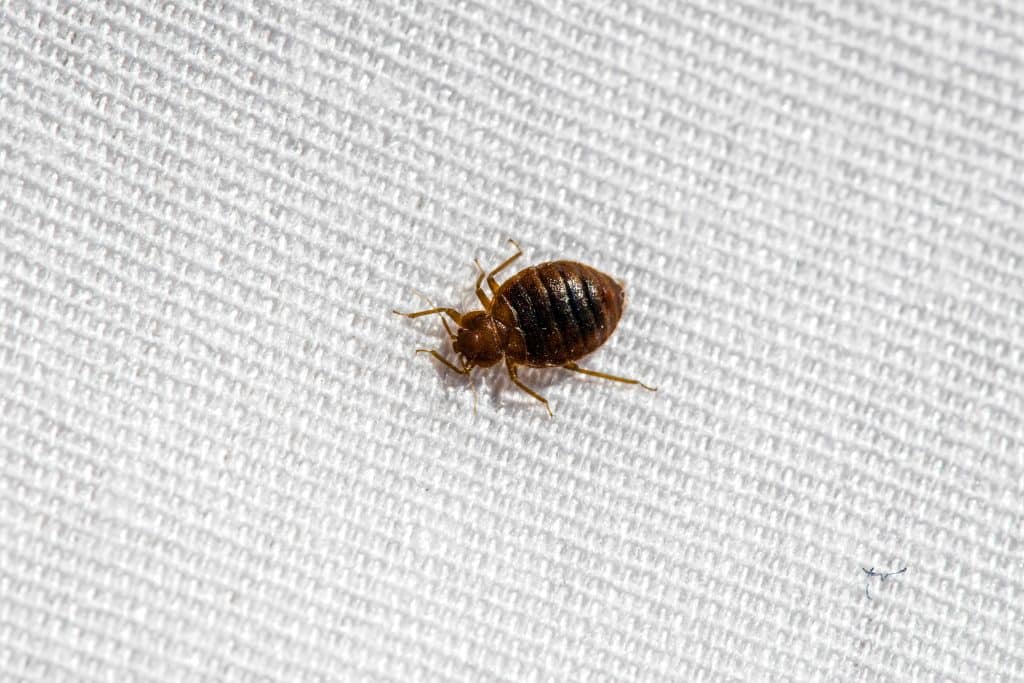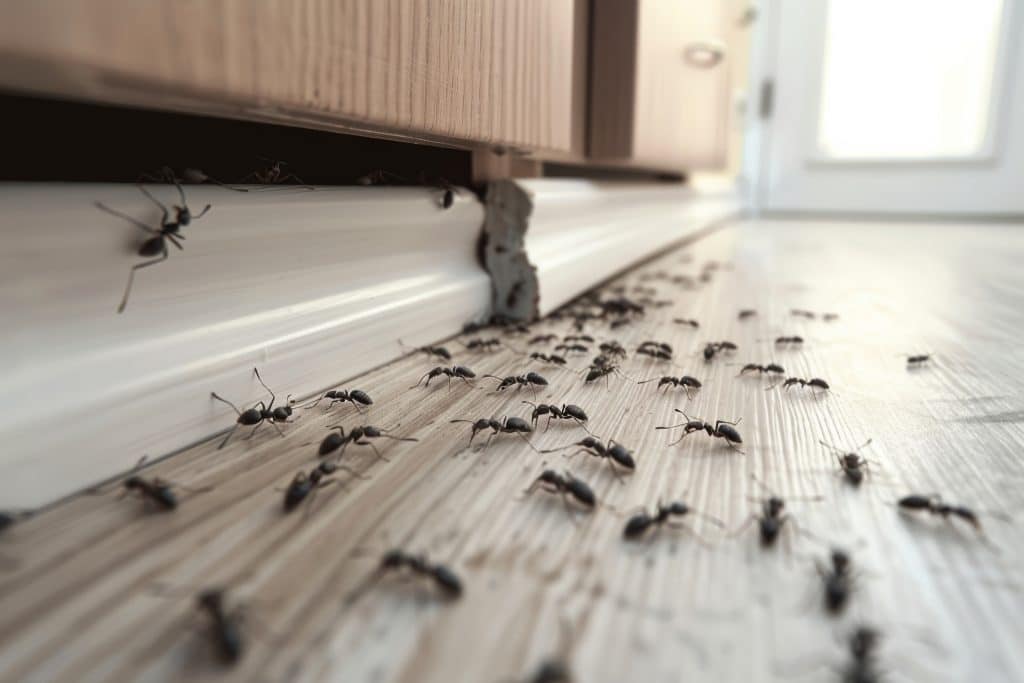If you live in an area where there are many flies, it is important to know how to identify them and what their dangers are. There are many different types of flies and they vary in size. For example, the common housefly is black with two yellow stripes along its belly. One good way to identify a fly is by looking for either a beak or mouthparts on the head.
The fly and its lifespan
Flies are found worldwide. About 1,000,000 species of them exist all over the globe. They outnumber humans because there are 17 million flies for each person on Earth. Although flies have short life spans, about 15-25 days, they breed quickly and are potential dangers to both humans and animals.
These pests are notorious carriers of various diseases and some of them can be fatal. Tuberculosis, salmonella, and malaria are just a few of the diseases that flies can transmit to humans through food contamination.
Flies live and breed outside your home. They can lay their eggs in excrement, compost piles, garbage cans, and rotting food. Houseflies reproduce quickly in large numbers than other species.
Read also: 5 Myths About Fly Control in Singapore
Types of flies
Although there are a million fly species in existence, the most common fly species in Singapore are house flies, fruit flies, and horse flies. You are likely to find house flies and fruit flies indoors but the horse flies usually feed outdoors.
House Fly
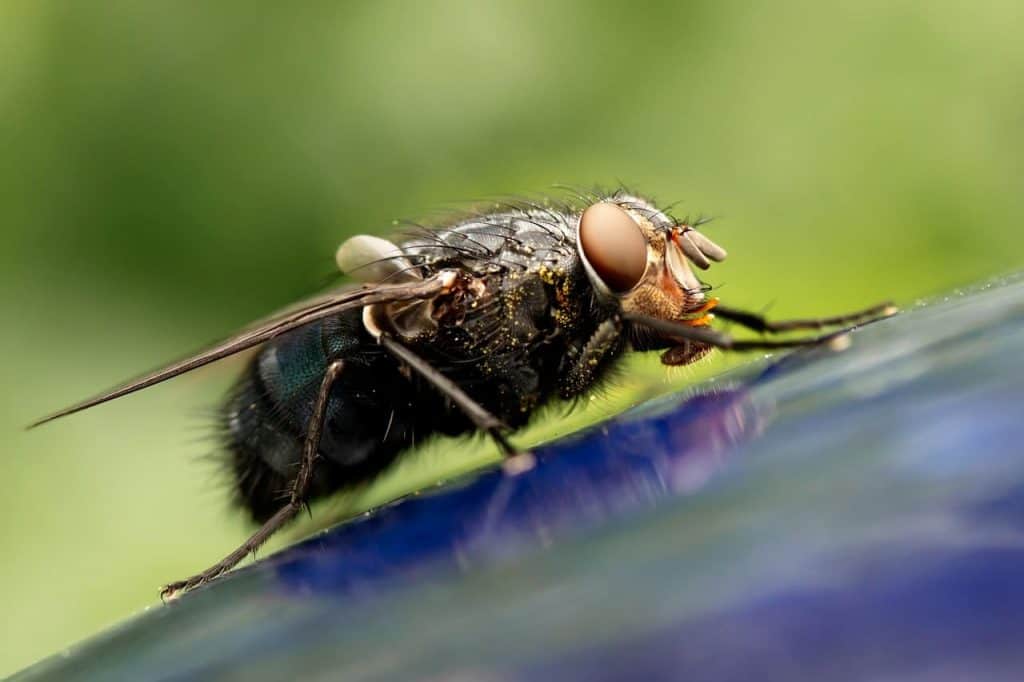
This type of fly has four black stripes in its thorax and is usually gray. They have compound red eyes, slightly hairy bodies, and a pair of wings. They are about 1/8 to 1/4 inches long and have no stinger or teeth.
Flies may not bite or sting but they can transmit carry more than 100 different pathogens they pick up from feces, trash, and rotting substances. They can transmit these disease-causing germs by landing or defecating on your food and water.
Horsefly
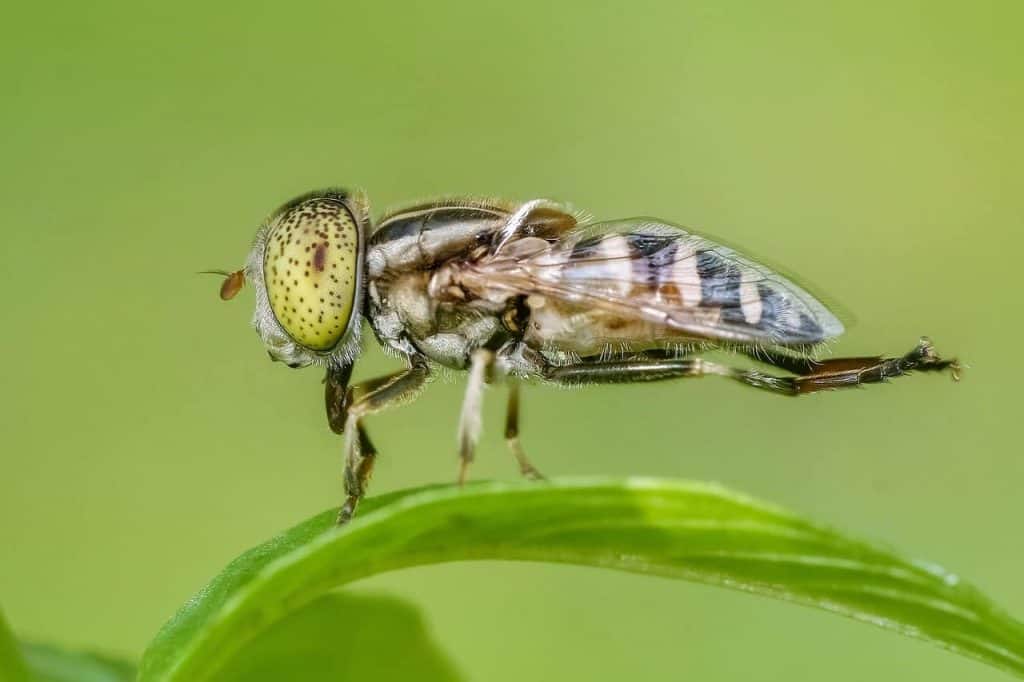
A type of fly that commonly pesters horses and other animals, the horsefly is found in rural and suburban areas. They like to stay in places near the water where mammals are often found because they have quick access to their food source and breeding grounds.
Horseflies grow as long as 30 mm and have a grayish or blackish body. They have large green or purple eyes with horizontal stripes. Their wings can either be light or dark, have shorter antennae, and have six legs.
Unlike house flies, female horse flies aggressively feed on blood. Their male counterpart, on the other hand, consumes only plant nectars and pollen. Female horse fly bites are painful because they tear skin to lap blood and not suck as mosquitoes do. These pests can trigger an allergic reaction and can also transmit disease.
Fruit Fly
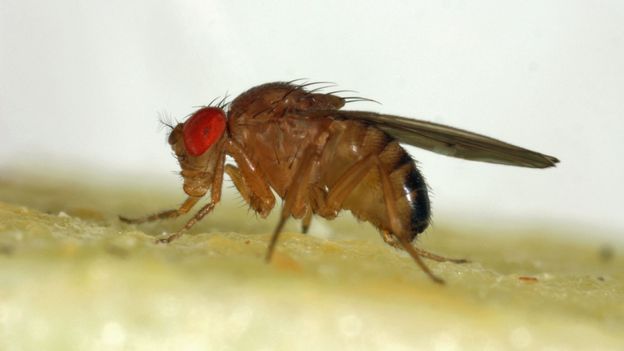
Fruit flies are usually 3-4 mm long with brown or tan coloring. They have a tan thorax, black and gray abdomen, and six legs. Their eyes vary from red to darker hues.
These flies are usually found indoors feeding on fruits, vegetables, and any fermenting liquids. They breed in trash bins, garbage disposals, and drains. They are hard to control because they reproduce rapidly.
Just like the other fly species, fruit flies are germ carriers. If you identify a fly of this species in your home, you might want to get a NEA pest control service to get rid of them for good.
Fly Prevention and Control
Keeping your home clean from the inside out is the best way to prevent fly infestation. Dispose of decaying food and remove trash daily to avoid attracting flies. Install window and door screens and pick up pet feces in your yard.
If the house fly control methods are not working anymore, contact a licensed fly control in Singapore immediately. They are trained to identify a fly infestation and implement the best method of eradicating them safely and effectively.
Read also: How to Get Rid of Flies From Your Home or Place of Business?





